Rhododendron in the Urals - what varieties can be grown, care features
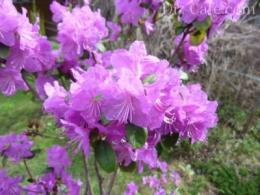
This is a widespread plant due to its bright and lush flowers. Many people believe that it is impossible to grow rhododendron in the Urals due to its cold climate, but this is not entirely true. For breeding pink There are special, cold-resistant species of trees in mid-latitudes.
Content:
- Characteristics of rhododendrons
- Common types and varieties of frost-resistant rhododendrons
- Rhododendron propagation
- Preparing for planting - how to choose seedlings, where to plant
- Features of planting rhododendrons in the Urals
- Agrotechnics of cultivation
Characteristics of rhododendrons
Rhododendrons (rose trees) are deciduous evergreen shrubs. In rare cases, they may be represented by small tree species. Are part of the family Vereskov, distributed mainly in the Northern Hemispheres in the United States, the Himalayas and East Asia.
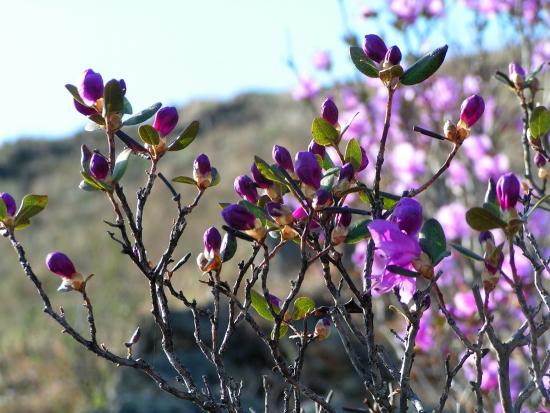
In the Urals you can find representatives of rhododendron varieties frost-resistant. Despite the popular belief that they are not adapted to the cold conditions of the north of the country, some species, with proper care, feel quite comfortable in these areas.
Like any other species, these shrubs have a number of features:
- Mainly represented by shrubby forms. Rhododendron in Siberia it rarely grows particularly tall, although in general the height of the shrub can vary from 10 cm to 10 m;
- They have erect stems, in some cases they can creep along the ground;
- The root is superficial, which is especially important during transplantation, since the risk of injuring it is minimized;
- The leaves are ovate or obovate. Sizes range from small to large, which may vaguely resemble ficus leaves. They may fall off every year or every few years, depending on the variety. They can be either sessile or attached to the stem by means of petioles;
- The fruit is a multi-seeded capsule. Seeds small, do not reach more than 2 mm in diameter;
- Flowers are distinguished by a variety of all shades. The shape can be tubular, bell-shaped, or funnel-shaped. Depending on the type, some may also have a pleasant smell.
Many gardeners consider these plants to be capricious, requiring special care and not intended for harsh natural conditions. However, with some care, they grow and develop even in the middle zone of the country.
Common types and varieties of frost-resistant rhododendrons
Modern taxonomy includes more than eight hundred different species, which differ in a number of characteristics. When choosing shrubs that could be grown in the harsh conditions of the Urals, they usually focus on the most frost-resistant ones. These include three species: Daurian, Ledebur and Schlippenbach.
Dahurian rhododendron, or wild rosemary is a frost-resistant shrub with spreading branches. Can tolerate temperatures down to -45C. The height does not exceed two meters.
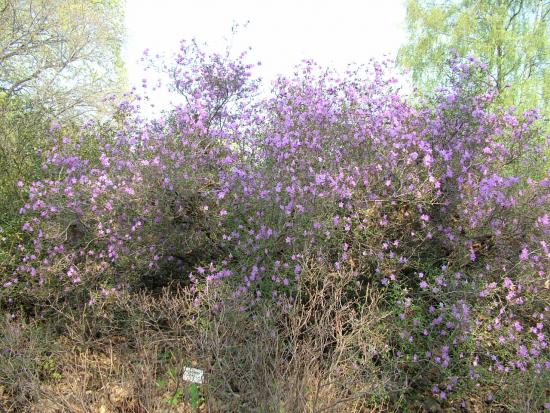
Other features include:
- Natural habitat - Siberia, China and Korea, where it can grow in forests, occupying the second tier. Found in rocky areas;
- Grows both in groups and as individual bushes;
- The stems are erect, covered with grayish bark;
- The leaves are small, no more than 2 cm, oval in shape, with a leathery covering. During flowering, the leaves are green with a brownish lower part, and in the fall they turn reddish. They do not fall off completely during the winter;
- Flowering occurs at the end of April - beginning of May, even before new leaves appear on the stems. Lasts for three weeks;
- The flowers are pink, with a slight purple tint. They are distinguished by a funnel-like shape, collected in inflorescences.
- It also differs from other varieties in that it can bloom twice a year: in spring and autumn.
Rhododendron Ledebura, or maral, is a shrub with a compact arrangement of branches. Height - up to two meters. At the beginning of spring, it sheds old leaves in preparation for the flowering period. Can tolerate temperatures down to -32 C.
However, if frost lasts too long, growth processes may be disrupted.
Other features include:
- The natural distribution area is the Altai region and the subalpine zone. Found among the undergrowth of coniferous forests;
- The shoots are thin, covered with dark-colored bark;
- The leaves are oval, with a leathery coating. The color of the leaf blade is dark on the top and slightly lighter on the bottom. They spend the winter on the branches and fall off before flowering;
- The flowers are a rich purple-pink color, collected in inflorescences;
- The flowering period is four weeks.
The shrub is perfect for gardeners in the middle zone. With proper care, they will delight the owner with bright and long-lasting flowering.
Rhododendron Schlippenbach is a Red Book plant that can be called a tree. It reaches a height of two meters.Tolerates temperature drops down to - 32C.
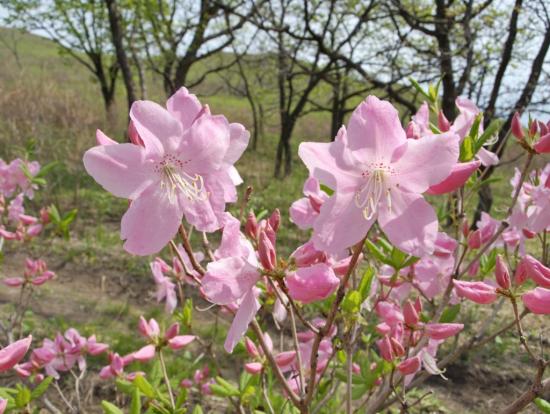
Other features include:
- Natural distribution area: Primorye, China, Japan and Korea;
- The leaves are oval, medium in size, and have a rich green color. They fall in winter;
- The flowers are large and white, with a pinkish or peach tint. Collected in inflorescences of four bells each. They have a light, pleasant aroma;
- Flowering begins in May and can last for a month.
- Despite popular belief, among rhododendrons there are frost-resistant varieties that may well please the eyes of gardeners in areas with cold climates. Species diversity frost-resistant varieties are not limited to just these three, but they are the most famous.
Rhododendron propagation
Like many other plants, there are several types of propagation for rosewood: generative and vegetative. Any of these methods is suitable for the bushes of the Urals.
Differences in planting relate mainly to the nuances of caring for seedlings and the variety of the mother flower.
So, for example, rhododendron Schlippenbach can be grown from seeds. This is a difficult method, it requires a lot of strength.
So, it is necessary:
- Buy seeds - specialized flower shops are best for this;
- Prepare a pot for planting seeds and a mixture of dry peat and fine sand in a ratio of 3/1 for the substrate, which must be watered thoroughly;
- After sowing the seeds, sprinkle everything with fine sand and cover the pot with glass. Place in a bright, warm room. Ventilate the crops every day, remove condensed water and moisten the soil;
- The first shoots can be expected within a month from the moment of sowing;
- After the first leaves form on the seedlings, they need to be transplanted into a greenhouse, with a distance between seedlings of at least two centimeters;
- It can be planted in open soil after two years.
It will take at least seven years before shrubs grown in this way bloom.
Another method of planting is cuttings. Ledum reproduces well using this method.
Like the previous one, this is a rather labor-intensive and time-consuming process, for which you need:
- Pick up woody shoots, 8-10 cm long. It is best to do this in the spring, before the buds open;
- Bottom part Cherenkov need to be cleaned and placed in a special solution for one day to form roots. You can purchase the solution at any flower shop;
- To prepare the substrate, you can use the same mixture as for seeds;
- Having rooted the cuttings in the substrate, cover the top with a jar or other transparent container to form a dome;
- The speed of the rooting process may depend on the type of rose tree and last from a month for deciduous trees to four for evergreen trees;
- After the cuttings have taken root, it is recommended to transplant them into a wider container pre-filled with the mixture. peat and pine needles. They should remain in containers until the onset of spring. For the winter, it is better to place them in a cool room.
After all this, the seedlings are transferred to the greenhouse and only after two years can they be planted in an outdoor garden bed.
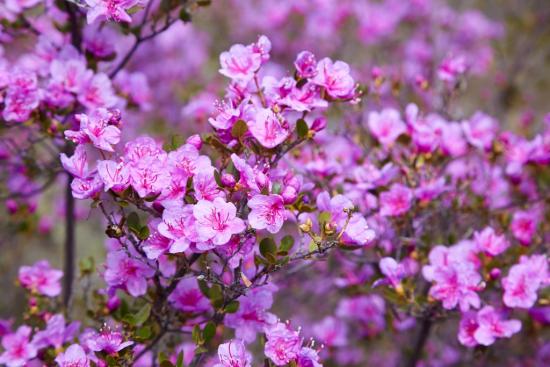
The last and easiest method of propagation is by layering. It is best to produce it in the spring, after the first frost has subsided.
To do this you need:
- On the mother plant, select young and flexible branches, bend them to the ground, making a small cut in the bark on each;
- Secure the branches to the soil and dig them in so that only the top remains on the surface;
- The sprinkled parts need to be watered.
- After rooting layerings, it is best to separate them from the bush in the spring, since during the winter the young flowers will have time to get stronger.
- All three types are effective. You should choose based on your experience, availability of time and space.
Preparing for planting - how to choose seedlings, where to plant
When choosing a seedling, it is worth considering a number of features. It is better to buy winter-hardy rhododendron in special stores or agricultural companies that deal reproduction these plants. In addition to confidence in the quality of the products, the buyer can receive here recommendations on the rules of transplantation and care.
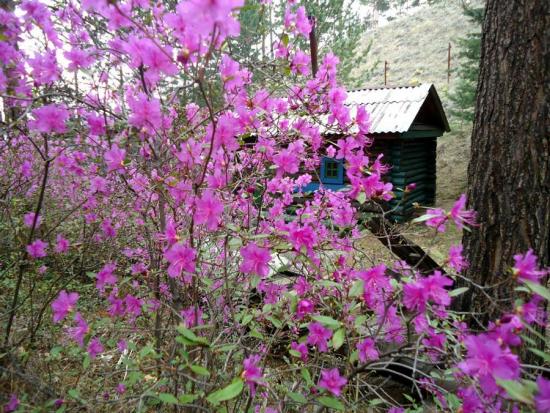
When choosing, you should pay attention to:
- Level of frost resistance, which is especially important for survival in the region;
- Closed root system, as it can dry out;
- State seedlings - integrity of the integument, absence of damage, parasites and diseases;
- Level of cleanliness and humidity in the container.
After choosing a plant, it is recommended to pay attention to the selection of a place for planting.
It should be borne in mind that shrubs:
- They grow well in the lower tier, under trees, in diffused light;
- They do not tolerate complete darkening - this slows down and then completely stops the flowering process;
- They grow better in the northern areas of flower beds;
- They love moist air, so they grow well near bodies of water. However, it is worth considering that water should not accumulate at the roots, this can lead to rotting;
- They do not tolerate windy flower beds and do not tolerate drafts well.
Do not forget that these flowers do not tolerate unsuitable soil quite well.
So, the substrate must have:
- High performance acidity. It can be increased by adding high-moor peat or special chemicals;
- Outflow of excess moisture, without its accumulation;
- Loose, light structure;
- A covering of pine needles that will stop the soil from drying out.
If you take into account all the rules for choosing and planting a rose tree, in the coming years, it will delight its owners with rapid growth and abundant flowering.
Features of planting rhododendrons in the Urals
Rhododendron in the Urals is best planted in open soil in the spring. This way, the flower will have time to prepare for the first frost.
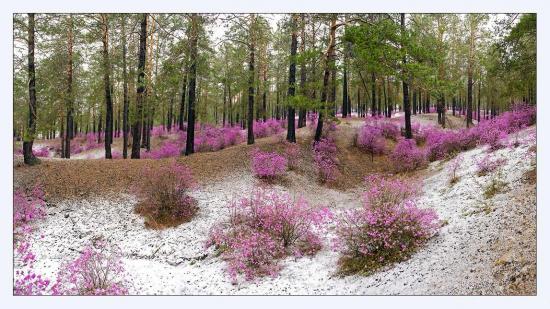
For planting it is recommended:
- Prepare holes 35-40 cm deep, up to half a meter wide;
- Fill the holes with a mixture of peat and pine needles, which must be trampled down well so that the hole corresponds to the volume of the root system of the shrub;
- Place a special drainage layer on the bottom of the hole, which will prevent the accumulation of excess moisture. You can use gravel or pieces of brick for this;
- Carefully remove the seedlings and lower them into the holes. Cover with substrate so that the root collar is at the same level with the substrate.
After planting, the flower needs to be watered well and mulch near the shoot to protect against excessive drying out. To do this, it is recommended to use pine needles or dried peat, which will also protect against hypothermia.
Agrotechnics of cultivation
When caring, it is worth considering that in the Urals plants must be covered for the winter.
In addition, the plant needs:
- Regular watering - each flower requires two waterings every seven days during the dormant period and more than three during flowering. In addition to watering at the root, you need to spray the leaves; for this it is better to take rainwater with the addition of oxalic acid;
- Systematic loosening - since the root is superficial, loosening the soil near the shoot is prohibited, as there is a high risk of damage;
- Mulching - systematically sprinkling the substrate with pine needles or dry peat maintains soil looseness and slows down the growth of weeds;
- Fertilizing - the first application of fertilizers with nitrogen in the spring and the second during flowering. It can use superphosphate or ammonium.
In addition to standard plant care, it is worth monitoring its condition, as the plant may become sick or be damaged by pests:
- Caterpillars or slugs - need to be removed manually;
- Weevils or mites - it is better to use diazonin to eliminate them. They should spray the plant itself and the soil around it;
- Aphids or scale insects - karbofos is suitable to eliminate the problem;
- Rust is a disease that develops as a result of a failure in the irrigation regime. To eliminate it, it is worth using fungicides;
- Rot is in mild forms; it is recommended to eliminate damaged shoots and treat the bush with fungicides. If the plant is seriously damaged, it must be removed.
The last point that should not be forgotten is shelter for the winter. It’s better to start after the first cold snap.
To do this you need:
- Cover the root part with peat and spruce branches;
- Bend the branches of the bush to the soil and also cover them with spruce branches;
- Remove insulation only after the frosts have subsided.
Agricultural cultivation technology includes a number of features. However, if all the rules are followed, the rose tree will soon delight its owners with abundant flowering.
Rhododendrons, contrary to popular belief, adapt well to the cold climate of the Urals.However, we should not forget that these are fastidious plants that require special lighting and moisture conditions.
You can learn more about how rhododendrons tolerate low temperatures by watching the video:

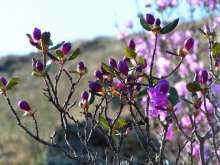
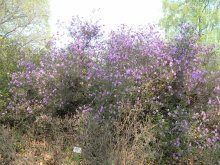
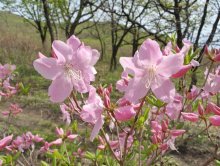
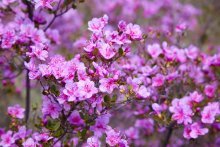
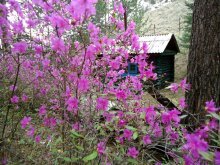
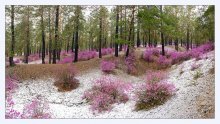
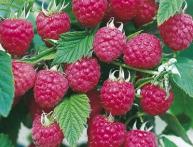
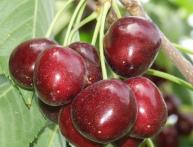

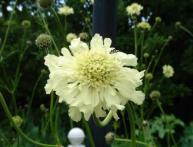
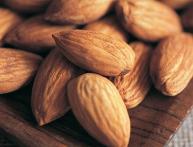
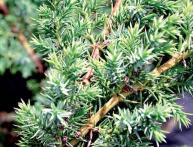
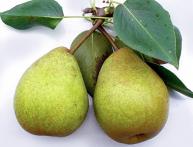
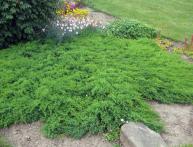
Comments
A neighbor has it growing in his dacha next to us, and we decided to plant it on our property this year too. It looks beautiful and solid. The bush does not freeze, which is very good, since we have frosts.